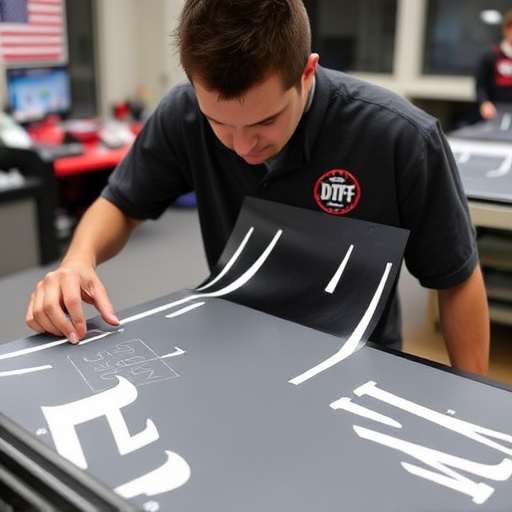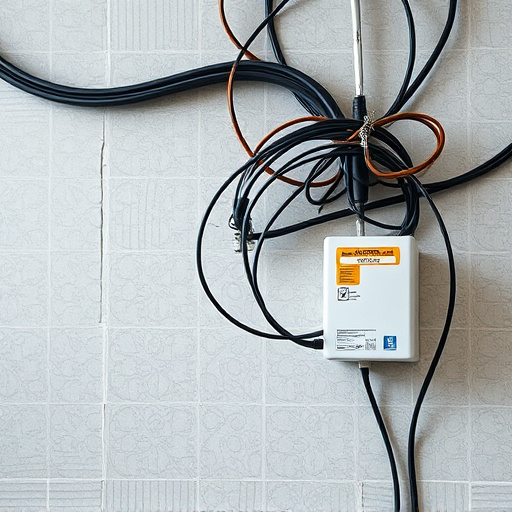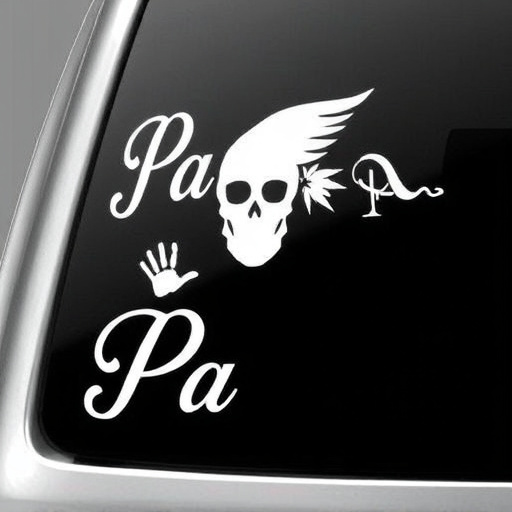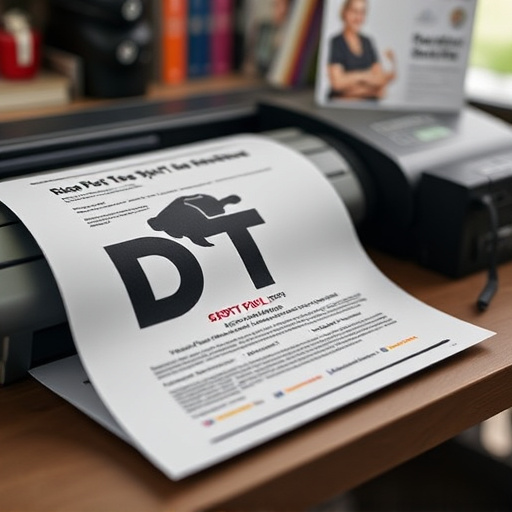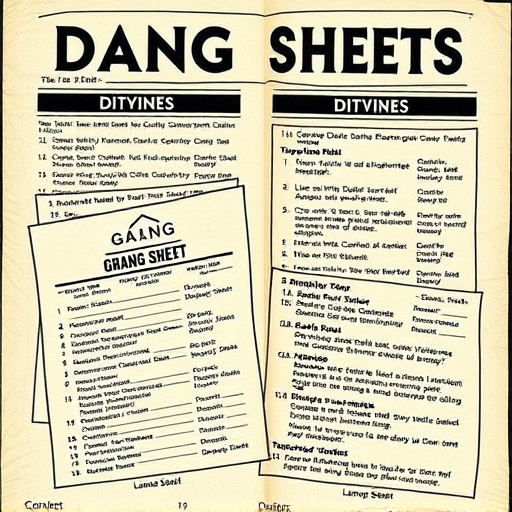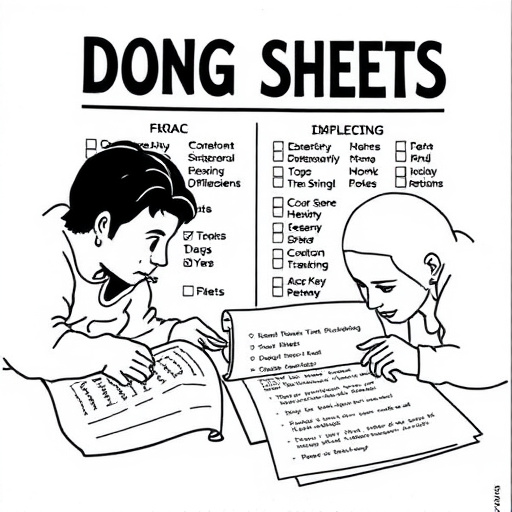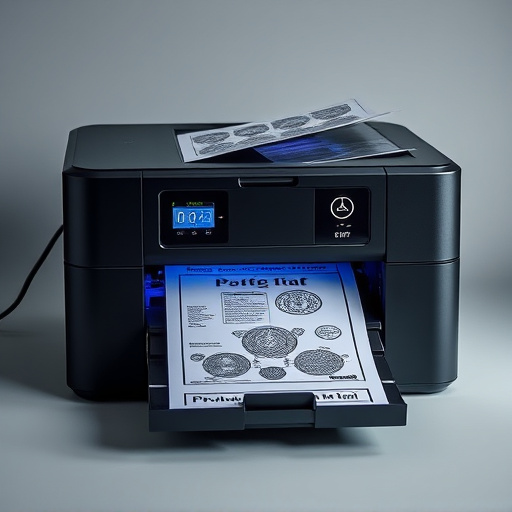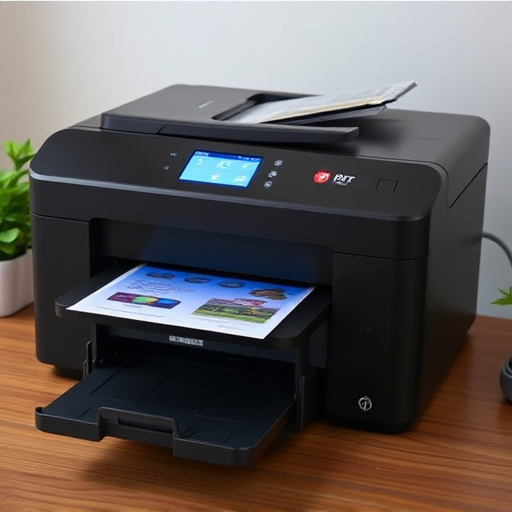DTF (Direct to Fabric) printing offers an eco-friendly solution for creating custom graphic tees and DTF printed shirts, reducing environmental impact compared to traditional screen printing methods. By directly applying designs using heat and pressure, this technology minimizes waste, conserves resources, and produces high-quality prints on various fabrics. DTF meets the growing demand for sustainable clothing customization while delivering exceptional design quality.
The fashion industry’s shift towards sustainability has sparked a dialogue about eco-friendly production methods. Among the innovations, Direct to Fabric (DTF) printing stands out as a game-changer. This article delves into the environmental advantages of DTF printed shirts, comparing them to traditional printing methods. We explore how DTF reduces waste and pollution through water-based inks and sustainable fabrics like organic cotton. Furthermore, we uncover the potential for recycling and upcycling, highlighting the circular economy benefits of this modern printing technique, making DTF printed shirts a responsible choice for both consumers and the planet.
- Reduced Environmental Impact: The Eco-Conscious Choice
- – Discussion on traditional printing methods vs DTF (Direct to Fabric) printing
- – Highlighting the lower waste and pollution levels of DTF printing
Reduced Environmental Impact: The Eco-Conscious Choice

DTF printed shirts offer a significant reduction in environmental impact compared to traditional printing methods. The process involves applying ink directly onto the fabric using a direct to film printer, eliminating the need for harmful chemicals and toxic waste that often result from screen printing. This eco-conscious approach not only minimizes pollution but also conserves resources by reducing water usage and energy consumption.
By opting for DTF printing, businesses and individuals can create custom t shirts with minimal environmental consequences. This method allows for precise design application, ensuring no excess ink or material waste. Moreover, the direct to film technique promotes a more sustainable fashion industry by enabling on-demand production, reducing overproduction and the subsequent disposal of unsold inventory.
– Discussion on traditional printing methods vs DTF (Direct to Fabric) printing

The traditional printing methods, such as screen printing, have long been the go-to technique for creating custom graphic tees. However, with the advent of Direct to Fabric (DTF) printing, a new and eco-friendly approach has emerged. DTF offers several advantages over conventional methods. Unlike screen printing, which requires separate screens for each color and can generate significant waste from unused ink, DTF directly applies the design onto the fabric using heat and pressure. This not only reduces waste but also allows for more intricate and vibrant designs without the need for multiple layers of ink.
Additionally, DTF transfers, often made from dtf heat transfer paper, are known for their durability and ability to produce high-quality prints on a variety of fabrics. This method is particularly advantageous for custom graphic tees as it enables businesses to offer a wider range of options without compromising on quality or sustainability. By choosing DTF for Custom graphic tees, manufacturers can meet the growing demand for eco-friendly products while delivering exceptional designs that customers love.
– Highlighting the lower waste and pollution levels of DTF printing
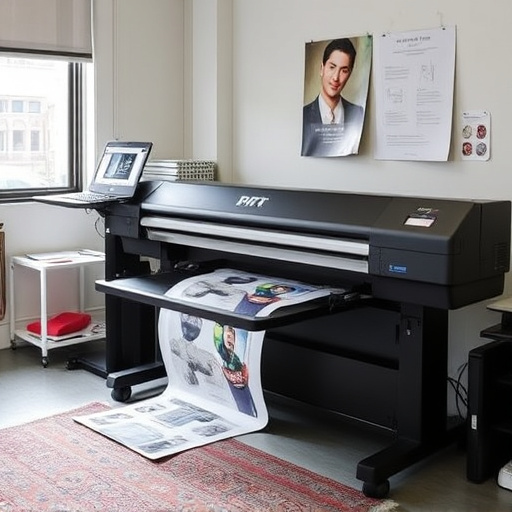
DTF (Direct to Fabric) printing stands out as a more eco-friendly alternative to traditional printing methods, significantly reducing waste and pollution levels. Unlike screen printing, which requires separate screens for each design color and often leads to significant material wastage, DTF uses a direct application method. This means only the necessary ink is deposited onto the fabric, minimizing excess dye and eliminating the need for chemical-intensive cleaning processes.
Additionally, DTF printing is particularly well-suited for producing custom dtf transfers, making it an excellent choice for creating DTF printing for light fabrics and dtf for Custom graphic tees. By focusing on efficiency and precision, this technology reduces water consumption and cuts down on the environmental impact associated with textile production, ensuring a greener manufacturing process from start to finish.
DTF printed shirts offer a compelling eco-friendly alternative to traditional printing methods. By directly applying ink to fabric, DTF printing significantly reduces waste and pollution, making it a more sustainable choice for both consumers and the environment. Adopting these shirts not only supports a greener lifestyle but also contributes to a future where fashion production aligns with ecological preservation.

